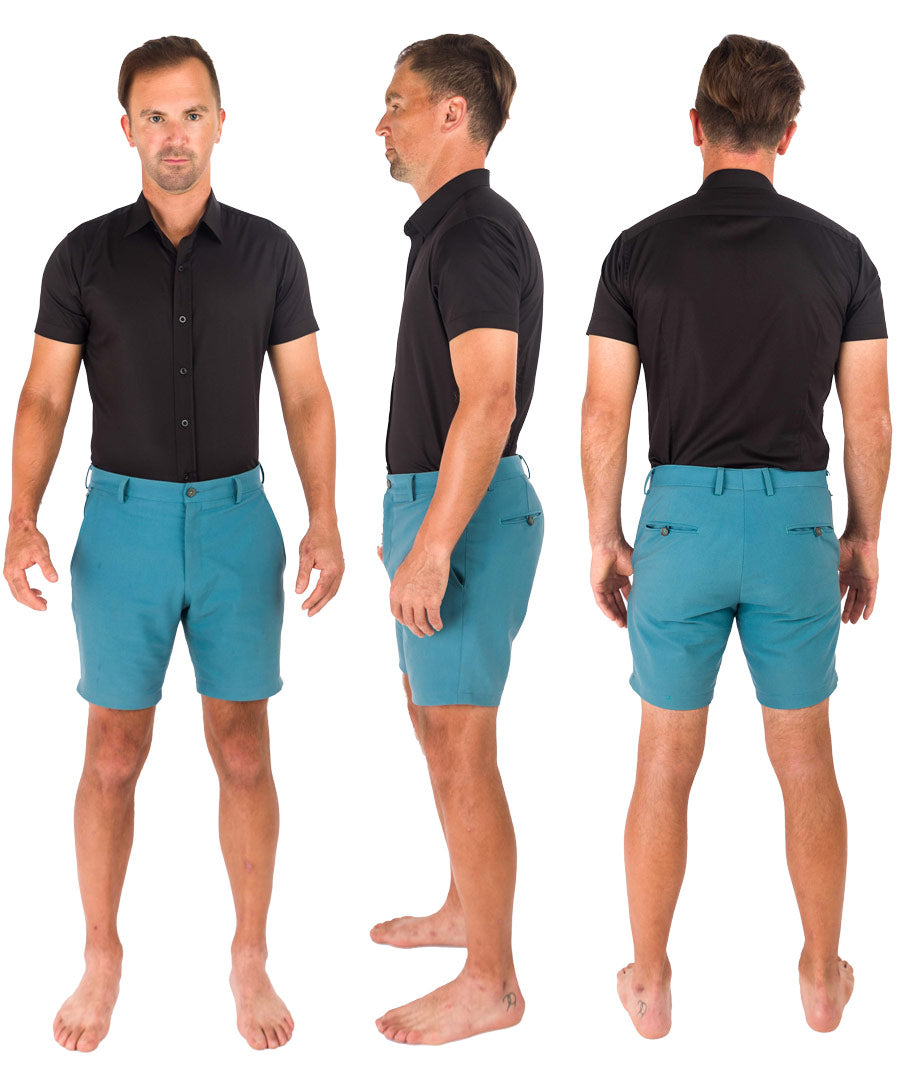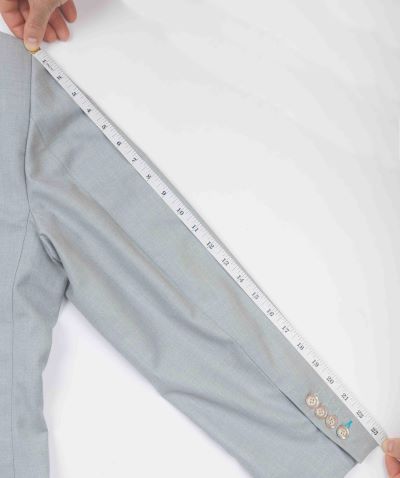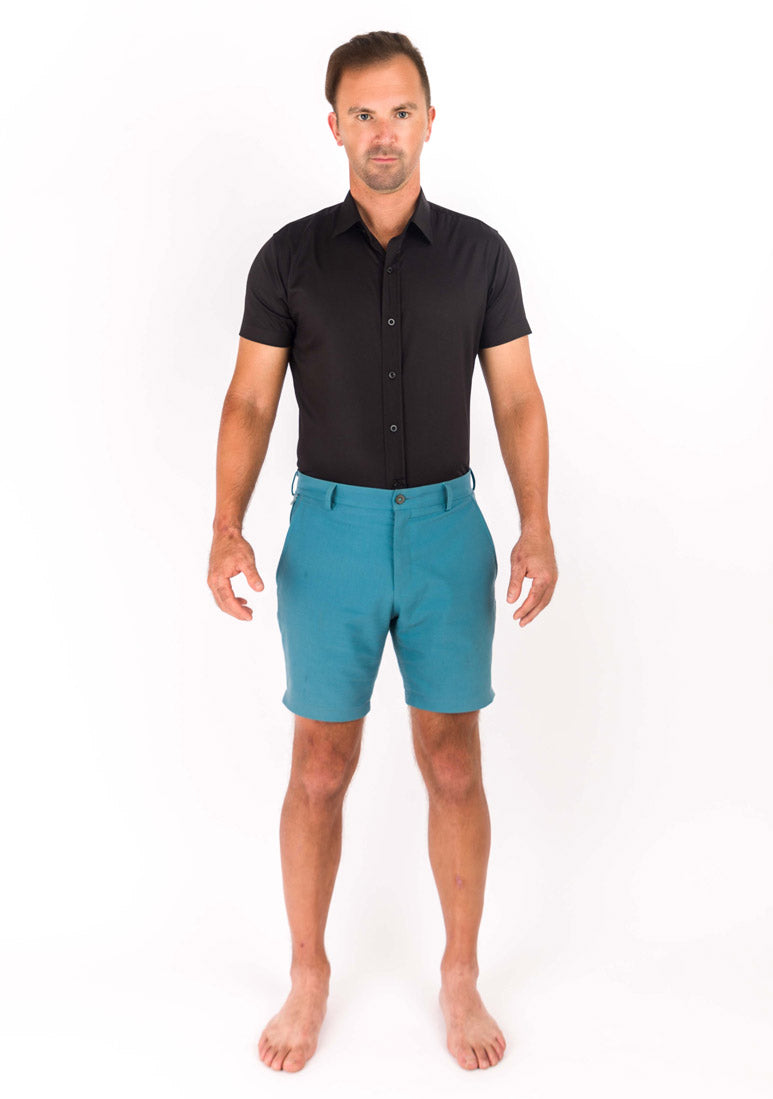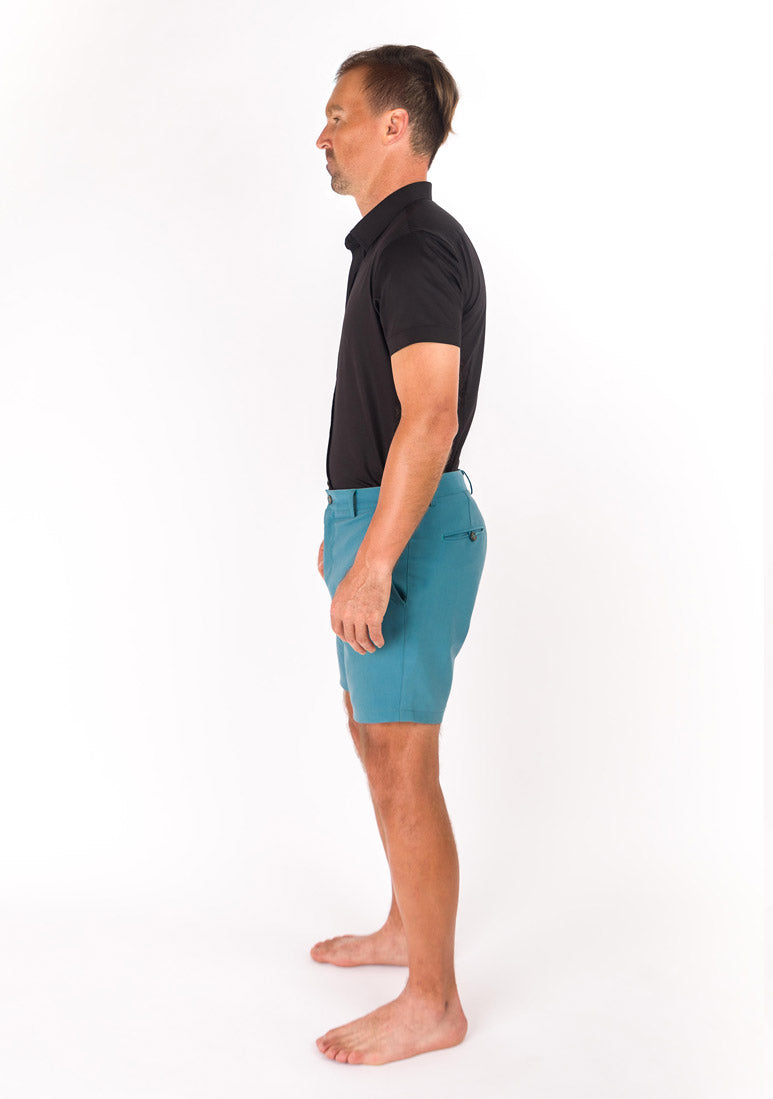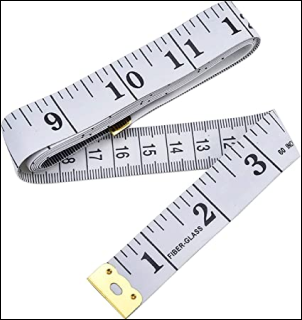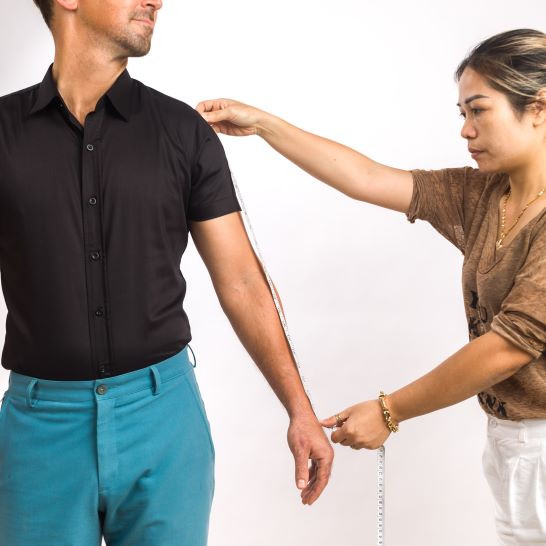The Key Differences Between A Tux And A Suit

Key Takeaways:
- Know the Occasion: Tuxedos are reserved for formal, black-tie events, while suits offer versatility for business and semi-formal occasions.
- Fabric and Finish Matter: Tuxedos often feature satin details for a glossy, formal finish, while suits stick to consistent fabrics for a more flexible, matte look.
- Accessorize with Purpose: Tuxedos call for specific accessories like bow ties and cummerbunds, whereas suits allow for a wider range of shirt, tie, and accessory combinations.
You’ve got an invite. The dress code says formal. So, do you reach for a tux or your sharpest suit?
It’s a common moment of hesitation. Both options live in elevated dressing, but they play by different rules. One leans black-tie, the other bends with the occasion. One says “classic elegance,” the other? “Well-dressed, your way.”
At Sartoro, we’re all about helping you suit up with intention, not uncertainty. So, whether you're heading to a rooftop wedding, a gallery opening, or a night that calls for a little extra, understanding the key differences between a tux and a suit gives you the edge.
This guide breaks it down simply—no jargon, no fluff, just real details to help you look your best. Let's get into it.
Defining Tuxedos And Suits
At a glance, tuxedos and suits might seem interchangeable—both are tailored, both are formal, both look sharp when worn right. But the differences are all in the details.
A tuxedo is built for black-tie occasions. It features satin on the lapels, buttons, and often the side stripe of the trousers. It’s typically paired with a bow tie, a tuxedo shirt, and patent leather shoes. The vibe? Elevated, intentional, evening-ready.
A suit, on the other hand, is more versatile. No satin, no gloss—just clean, consistent fabric throughout. Suits play nicely in a range of settings, from boardrooms to casual weddings, and can be dressed up or down depending on your shirt, shoes, and tie.
Knowing which one to wear isn’t just about following tradition—it’s about owning your look, wherever you’re headed.
What’s The Difference Between A Tux And A Suit?
For the modern man navigating both boardrooms and black-tie events, understanding the difference between a tux and a suit is more than a matter of semantics—it reflects style, occasion, and personal expression. While both garments are cornerstones of men’s formalwear, their distinctions are marked by craftsmanship, detail, and intended use.
Fabric And Finish
The first, and most visible, difference is often the use of fabric and accents. Tuxedos traditionally feature satin details—notably on lapels, buttons, and the outseam of the trousers—lending a distinct sheen and sense of formality.
Suits, on the other hand, tend to be crafted from consistent fabrics throughout, including matte wools, cotton, or linen blends, for a streamlined and versatile appearance. This subtle divergence is what elevates a tuxedo from simply ‘formal’ to truly distinctive.
Shirt And Accessories
Wearing a tuxedo means accessorizing with intent. Tuxedos are typically paired with a crisp white tuxedo shirt, often with pleats or a piqué front, and French cuffs, ideal for cufflinks. Suits allow more freedom here—spread or point collar shirts on a broader palette of colors and patterns abound, with the option for regular button cuffs or French cuffs, depending on the occasion. Bow ties and cummerbunds are de rigueur for tuxedos, while suits pair seamlessly with ties or even go tieless for a relaxed yet tailored look.
Occasions And Etiquette
Ultimately, a tuxedo is reserved for strictly formal events: galas, evening weddings, black-tie affairs, and milestones that call for elevated elegance. In their many styles and fabrics, suits are the go-to for professional settings, daytime weddings, business meetings, or any event where polished versatility is key. Wearing the right garment means honoring both the occasion and your aesthetic.
When To Wear A Tux vs. When To Wear A Suit
Navigating the difference between tux and suit attire isn’t just about style—it’s about understanding the signals you send with what you wear. Each carries its gravitas, purpose, and place in the modern man’s wardrobe. Knowing when to reach for a tuxedo versus a suit demonstrates social savvy and attention to detail.
When To Wear A Tuxedo
A tuxedo is the pinnacle of formal attire. Reserved for ceremonial occasions, it represents tradition, refinement, and occasion-specific etiquette. Tuxedos are most appropriate for:
- Black Tie Events: Galas, charity balls, and evening weddings with a specified “black tie” dress code call for a tuxedo. Details matter, from satin lapels to the silk side stripe on the pants.
- Formal Celebrations: Classic weddings, opera openings, and awards ceremonies demand the distinguished silhouette and sharp contrasts unique to a tux.
- Once-in-a-Lifetime Moments: Ringing in a milestone—a wedding, a significant anniversary, or an exclusive soirée—deserves nothing less than the elevated feel a tuxedo provides.
Tuxedos are designed to stand out. They’re for events where refinement isn’t just suggested—it’s required.
When To Wear A Suit
Suits offer versatility and modern elegance, ideally suited to various occasions where a tuxedo might feel overdressed or out of place. Consider a suit for:
- Business Settings: Whether it’s an important client meeting, a corporate dinner, or daily office wear, a suit projects professionalism and confidence.
- Daytime Events: Weddings, luncheons, or social gatherings during the day call for a tailored suit's flexibility and understated sophistication.
- Semi-Formal Occasions: From cocktail parties to evening outings where formality is appreciated but not paramount, a well-fitted suit provides effortless style without the rigidity of full black-tie attire.
Suits master the art of balance—formal yet flexible, classic yet highly customizable, able to move with you from boardroom to celebration.
Color Options And Variations
The distinction between a tuxedo and a suit is often most apparent in their color palettes. While both can reflect individual style, each ensemble has its conventions, guiding the wearer toward different levels of formality and creative expression.
Traditional Tuxedo Colors
Tuxedos honor tradition with a restrained, classic color scheme. The most iconic tuxedo is black, with midnight blue as a sophisticated alternative that subtly deepens in color under evening lighting. Other elements, such as satin lapels and side stripes, reinforce the formal character through sharp visual contrast. White and ivory dinner jackets are formal warm-weather options—reserved for specific, typically evening events.
Suit Color Possibilities
Suits, by contrast, embrace a limitless spectrum of colors, textures, and patterns. Navy, charcoal, and grey establish the foundation for professional or formal settings. Beyond these, bolder colors like olive, burgundy, and light blue are increasingly popular for weddings, parties, and fashion-forward offices. Plaids, subtle checks, and pinstripes further expand the expressive potential, allowing for personal sartorial statements while still adhering to the occasion’s expectations.
When To Choose Color
The event’s dress code, time of day, and season often guide color selection. Tuxedos, emphasizing dark, classic tones, are best suited for black-tie affairs and evening weddings—a testament to tradition and timeless sophistication. Suits grant more freedom, allowing for seasonal variations—lighter hues for summer, deeper shades for winter—and creative interplay with shirts, ties, and accessories to fully express personal style.
Shirt And Accessory Differences
When considering the difference between tux and suit ensembles, it’s essential to look beyond the jacket and trousers. The shirts and accessories accompanying each style play a significant role in defining your look's formality and overall impression. Here’s what sets them apart:
Shirt Styles
A tuxedo traditionally calls for a more tuxedo shirt—often with a pleated or piqué front, a wingtip or turndown collar, and French cuffs designed for cufflinks. A crisp, bright white tuxedo shirt is standard, reinforcing the tux’s distinctive elegance.
Suits, in contrast, offer flexibility. Suit shirts can be patterned or solid, and may have barrel or French cuffs, making them suitable for formal and business-casual occasions. Collar styles for suits are diverse—spread, point, or button-down collars all fit comfortably within the spectrum.
Neckwear And Accessories
The neckwear for a tuxedo is almost always a bow tie, traditionally in black silk to complement the jacket’s lapels. An optional cummerbund or waistcoat completes the look, emphasizing the waist and creating a smooth line from the shoulders down. Pocket squares are typically white, folded crisply for a touch of understated class.
Suit accessories, on the other hand, allow greater self-expression. Ties—either silk or knit—are standard, but you have room for color and pattern. Pocket squares pair with your shirt or tie; a tasteful tie bar or lapel pin can inject personality. Belts and leather shoes finish the ensemble; in contrast, tuxedos are correctly paired with patent leather shoes—typically oxfords or slippers.
These key differences in shirts and accessories elevate the tuxedo as a garment for the most formal occasions. At the same time, the suit offers versatility for everything from pivotal business meetings to celebratory events.
How To Choose Between A Tuxedo And A Suit
Whether you’re dressing for a black-tie affair, a business event, or a personal milestone, your choice should be guided by the event’s formality, your own sense of style, and the practicality of the garment in your wardrobe. Here’s how to decide which option best fits your needs.
Assess The Dress Code
The quickest way to resolve the tux versus suit question is to consult the event’s dress code. Tuxedos are explicitly required for black-tie and ultra-formal events—think weddings, galas, and awards evenings. A tux is the standard when the invitation calls for black tie; anything less might feel underdressed. Conversely, suits are versatile players, suitable for everything from business meetings to semi-formal gatherings.
Consider The Occasion’s Context
Beyond the dress code, reflect on the broader context. Is this a milestone event you’ll remember for years, or a recurring professional engagement? Tuxedos shine when you want to make a statement or honor tradition. Meanwhile, a tailored suit is the workhorse of the modern wardrobe, easily transitioning from day to night and offering more flexibility across occasions.
Factor In Personal Style And Comfort
Your sense of individuality matters. While tuxedos are built for sharp, unmistakable formality—silk lapels, satin stripes, and a refined finish—a well-cut suit lets your personality show through a broader range of colors, fabrics, and details. Comfort is just as crucial; consider which garment you’ll feel most confident wearing for hours.
Think About Future Use
A tuxedo is a signature garment, but unless formal events are a staple in your calendar, it may spend more time in your closet. Suits, by contrast, are endlessly adaptable, pairing with shirts and accessories for daily wear or elevated occasions. If you’re building your wardrobe from the ground up, investing in a high-quality suit delivers more frequent versatility. At the same time, a tux can be an occasional indulgence for truly special events.
Final Thoughts
Understanding the difference between a tux and a suit is more than mastering menswear vocabulary—it’s about embracing the individuality and confidence that comes with dressing impeccably for every occasion. While a tuxedo celebrates the pinnacle of formality and tradition, a suit offers unmatched versatility and everyday sophistication. Both demand attention to craftsmanship, fit, and fabric, and nothing unlocks these qualities more fully than custom tailoring.
At Sartoro, we believe that making the right choice between a tux and a suit is only the beginning. Whether you’re preparing for a milestone event or refining your day-to-day professional attire, investing in a garment tailored precisely to your measurements amplifies your presence and personal style. Our commitment to handcrafting every suit and tuxedo in-house guarantees an elevated experience—from intuitive online customization to the unrivaled comfort and confidence of a perfect fit.
Read also:
Frequently Asked Questions About The Key Differences Between A Tux And A Suit
Can a tuxedo be worn during the day?
Traditionally, tuxedos are reserved for evening events, typically after 6 PM. Wearing a tuxedo during the day is generally considered inappropriate, as suits offer a more versatile and polished option for daytime attire.
Are tuxedos more formal than suits?
Yes, tuxedos are the pinnacle of men’s formalwear, reserved for black-tie events, galas, and weddings with a specified dress code. Suits, on the other hand, offer a wider spectrum—from business meetings to social gatherings—without the ceremonial details native to tuxedos, such as satin lapels and grouped button covers.
Can you wear a tie with a tuxedo?
The classic pairing for a tuxedo is a bow tie, highlighting its traditional and formal nature. While it’s possible to wear a necktie with certain modern tuxedo styles, doing so diminishes the distinct sophistication that sets tuxedos apart from suits.
Is it acceptable to wear a suit to a black-tie event?
A black-tie invitation signals the expectation of a tuxedo, not a suit. Wearing a suit may be perceived as underdressed for such occasions. For events with less rigid codes—like "black-tie optional"—a dark, impeccably tailored suit from Sartoro, combined with a formal shirt and black dress shoes, can be a sophisticated compromise.
Can I wear a tuxedo to a job interview or business meeting?
Tuxedos are inappropriate for job interviews and professional business meetings, where a well-fitted suit signals sophistication, modernity, and respect for context. Sartoro offers custom suits tailored to your desired fit and style, giving you a polished, professional edge without the formality reserved for evening occasions.
What type of footwear should be worn with a tuxedo versus a suit?
For tuxedos, patent leather shoes—like classic oxfords or elegant opera pumps—are the traditional choice, emphasizing refinement and evening formality. With suits, the field is broader: leather oxfords, brogues, or even clean loafers in subtle hues are all appropriate, depending on the occasion.




























